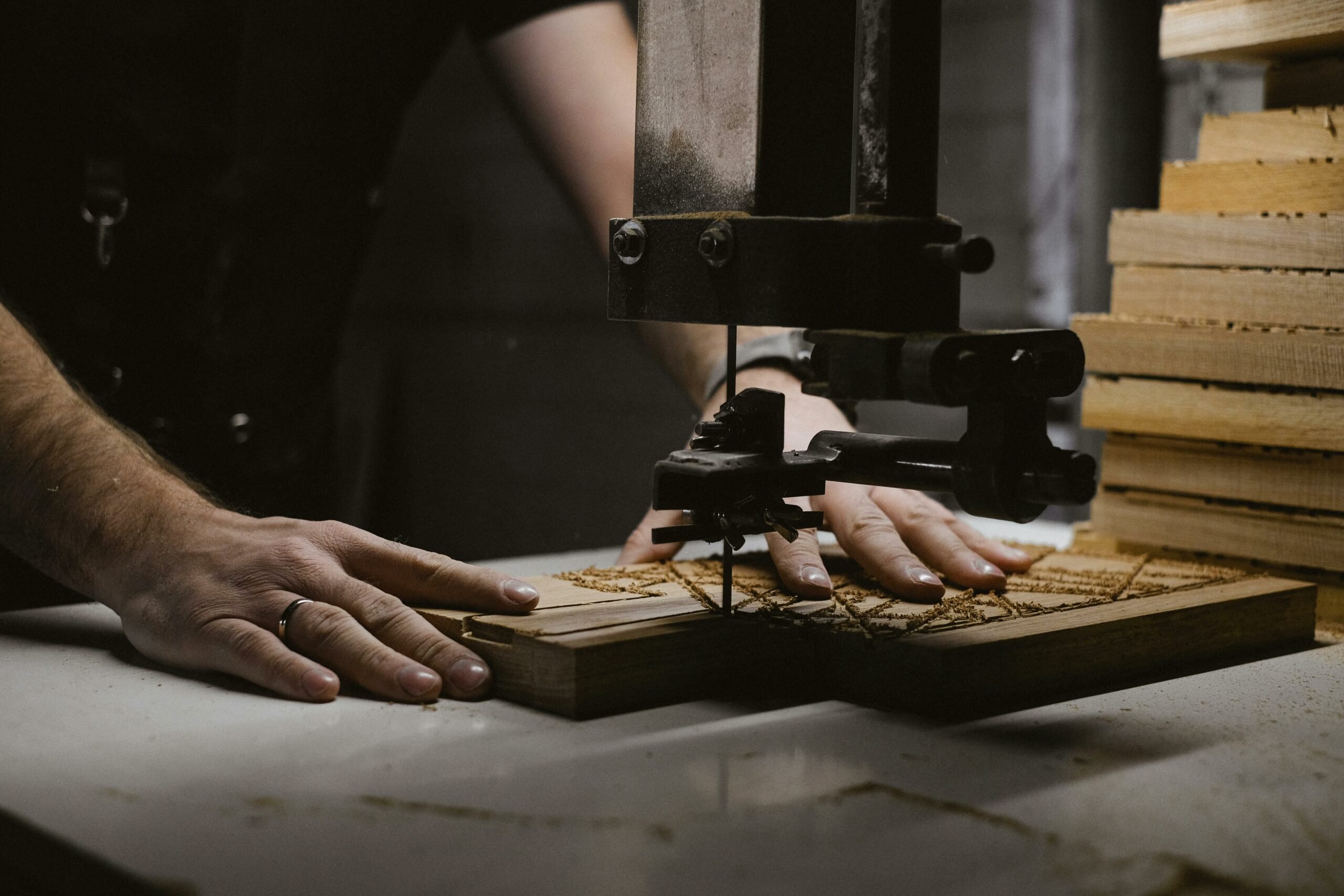Mastering Detailed Scroll Saw Patterns: Essential Tips and Techniques

Cutting detailed scroll saw patterns is a rewarding aspect of woodworking that allows for intricate designs and creative expression. However, it can also be challenging, especially for beginners. With the right techniques and a bit of practice, you can master the art of scroll sawing. Here are essential tips to help you achieve precise and beautiful cuts.
1. Choose the Right Blade
Selecting the appropriate blade is crucial for cutting detailed patterns. Scroll saw blades come in various sizes and tooth configurations. For intricate designs, use a finer blade, such as a #2/0 or #1, which allows for tighter curves and more delicate cuts. A blade with a higher tooth count will produce smoother edges, reducing the need for extensive sanding afterward.
2. Secure Your Workpiece
Stability is key when cutting intricate patterns. Use a strong hold-down clamp or a scroll saw with a built-in hold-down feature to secure your workpiece. This prevents movement, ensuring cleaner cuts. If you’re working with small pieces, consider using a jigsaw or a workpiece holder to keep your hands safely away from the blade.
 3. Practice on Scrap Wood
3. Practice on Scrap Wood
Before diving into your final project, practice on scrap wood. This allows you to get comfortable with the saw and the specific patterns you’ll be cutting. Experimenting on scrap can help you understand how the blade handles different materials and thicknesses, giving you the confidence to tackle more detailed designs.
4. Use a Pattern Guide
When cutting detailed patterns, using a printed pattern can make the process easier. Secure the pattern to your workpiece with spray adhesive or tape, and ensure it adheres well to prevent slipping during cutting. As you saw, keep your focus on following the lines of the pattern, and be patient—rushing can lead to mistakes.
 5. Take Your Time
5. Take Your Time
Cutting intricate patterns requires patience. Don’t force the blade through the wood; let it do the work. Maintain a steady pace, allowing the blade to cut smoothly through the material. If you encounter tight turns or curves, reduce your speed to avoid breaking the blade or veering off course.
6. Sand and Finish
After completing your cuts, sand the edges to remove any rough spots or imperfections. Use a variety of sandpaper grits, starting from coarse and working your way to fine, to achieve a smooth finish. Depending on your project, consider applying a finish that enhances the wood’s natural beauty, such as oil or varnish.
Cutting detailed scroll saw patterns is a skill that improves with practice and patience. By choosing the right blade, securing your workpiece, practicing on scrap wood, using a pattern guide, taking your time, and finishing properly, you can create stunning, intricate designs. Embrace the journey of scroll sawing, and let your creativity shine!
Comments
Add comment